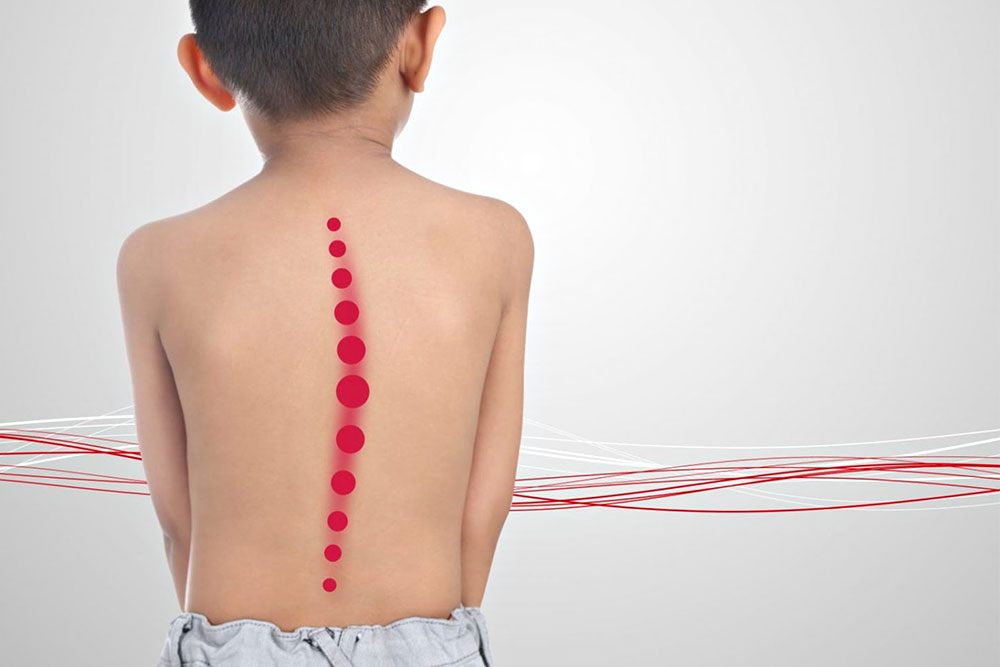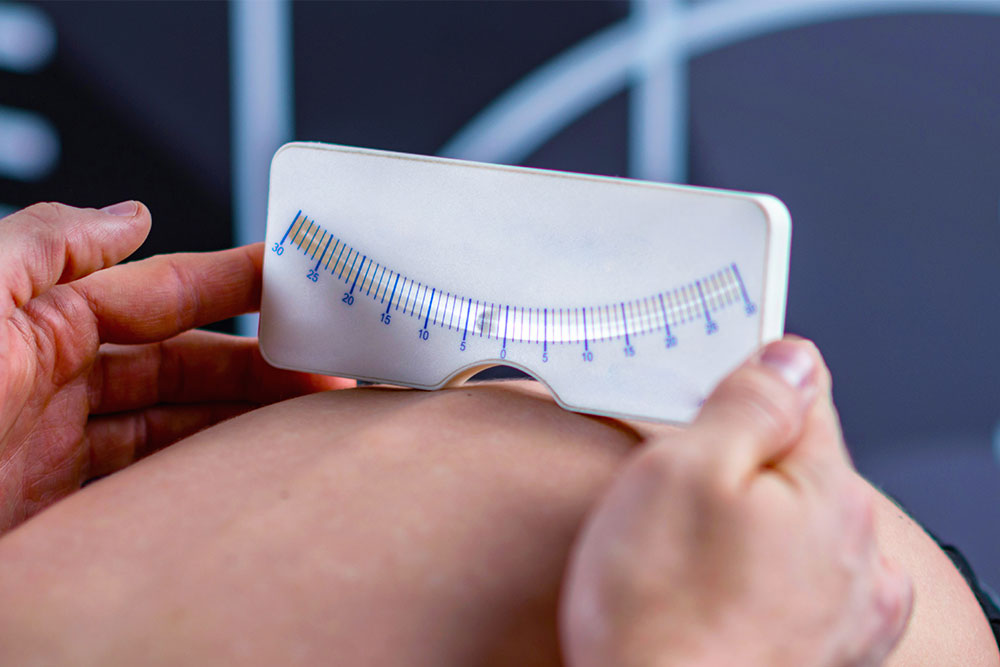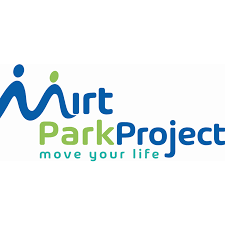SCOLIOSIS AND DYSMORPHISMS OF THE RACHIS
The scoliosis is defined as a tridimensional structural deformity of the spinal column; in the majority of cases (about 80%) it does not have a known cause (idiopathic scoliosis). However, there is a small percentage of scoliosis linked to neurological or genetic diseases. It is a rare pathology (it affects about 3% of the population) and it concerns women in the 70% of cases.
Idiopathic scoliosis is a family disease. If parents or other relatives suffer from it, it is important to have children and grandchildren checked periodically, especially when they are close to puberty, as in this period most of the cases of idiopathic scoliosis are diagnosed and there is a higher risk of deterioration due to the fast growth of the skeleton in a very short time. If kept within certain levels (below 30 Cobb degrees), the evolution of the pathology stops with growth, otherwise it can continue (although more slowly) throughout adulthood, thus bringing about a dramatic curvature late in life; for this reason, it is essential to have it diagnosed and treated by a properly trained multidisciplinary team.
Scoliosis does not present the symptoms of the disease we are normally used to (pain, discomfort…); that is why the use of screening programmes for people aged from 8 to 15 aimed at a rapid diagnosis and/or at a periodical check-up by a chosen pediatrician or by a general medicine doctor, who will then refer the patient possibly affected by scoliosis to a specialist, is recommended. The diagnosis of scoliosis is both clinical (examination by a specialist) and radiographic (teleradiography of the rachis in full) and the treatment must be early and multidisciplinary.
At Studioerre Poliambulatorio you can find qualified staff who are able to offer you advice and an appropriate treatment through the following services:
- first physiatric assessment
- first physiotherapeutic assessment
- physiotherapeutic screening of the deformities of the rachis
- carrying out of a tailored therapeutic plan appropriate for the situation, according to the guidelines
Bibliography: Negrini S et al, Rehabilitative treatment of children and adolescents affected by deformity of the rachis, national guidelines.


